Date: 5 June 2015
Lee Coates, the company’s technical director, looks at how advanced glazing systems can counter terrorist attack. “May you live in interesting times,” is widely regarded as an ancient Chinese curse – except that it is neither ancient nor Chinese. In fact, it’s relatively modern, and originated in the USA, being first used in the 1930s and popularised by Robert Kennedy in 1966. However, there’s no doubt that we do live in interesting times, with the threat from terrorism showing no sign of diminishing. Former US vice president Dick Cheney predicts that the US will suffer an attack far deadlier than 9/11 by the end of the decade. The head of MI5 recently warned that a core of terrorists in Syria is planning “mass casualty attacks” against the West. Since 2001, MI5 has nearly doubled in size – with some 90% of its resources now channelled to countering terrorism. It’s estimated that, between 2006 and 2013, worldwide terrorism has caused around 130,000 fatalities.A report by the Institute for Economics and Peace says that Afghanistan, Iraq, Nigeria, Pakistan and Syria have accounted for the great majority of the almost 18,000 terrorist fatalities in 2013, with Iraq having most casualties.
The difficulty, of course, lies in countering a threat that is organised internationally, but often waged by proxy through locally-radicalised individuals. That localisation has seen recent attacks in the USA, Australia, Canada, Belgium, Denmark and France – sometimes by individuals who weren’t on anybody’s radar.
And as the IRA once boasted after a failed attack: “You need to be lucky every time; we need only to be lucky once.” The emergence of new social media channels such as SnapChat and WhatsApp makes the work of security services even harder.
At Wrightstyle, we design, fabricate and supply advanced glazing systems to mitigate against a range of threats – most commonly, fire. However, our systems also protect against bomb and ballistic attack, and this year alone, apart from the UK, we have supplied specialist systems to Afghanistan and Saudi Arabia.
The integrity of our system was independently tested at a specialist site in Northumberland, which involved the structurally-glazed system being subjected to the equivalent of 500 kilos of TNT, roughly ten times the size of a car bomb. You can see videos on our website.
The importance of the test is that, in urban areas, between 80-85% of all secondary blast injuries are caused by flying glass. When a bomb detonates, it produces gases at very high temperatures. This in turn leads to rapid expansion and the creation of a shock wave travelling at speeds of up to twenty times the speed of sound. The shock wave lasts only a few millionths of a second and is then followed by an equally sudden but longer-lasting drop in pressure. It’s the enormous impact of the shock wave that shatters glass.
Our system’s strength is achieved by a high-specification glazing technique that bonds the glass to the framing support system so that, in an explosion, the components work together to safely absorb the thermal shock of the explosion.
In the test, the lorry bomb was immediately followed by a simulated car bomb (100 kilos of TNT-equivalent explosive). The lorry bomb was detonated 75 metres from the test rig and the car bomb was detonated at a distance of 20 metres, producing a higher loading on the façade. Both tests were equally successful.
In uncertain, interesting times, we need maximum resilience to be built into our buildings and urban landscapes, protecting places where people gather for leisure, travel, work, shopping or worship. However, as design critic Stephen Bayley has said in relation to enhanced security: “We might live in dangerous times, but they don’t have to be ugly ones too.” It’s a comment we would endorse because our blast-mitigation system looks no different from an ordinary (non-protective) glazing system – an important consideration, as one aspect of effective building security is to disguise its level of security.
David Godschalk, a US leading planning expert, argues: “If we are to take the achievement of urban resilience seriously, we need to build the goal of the resilient city into the everyday practice of city planners, engineers, architects, emergency managers, developers and other urban professionals.”
This is, of course, now happening, with security professionals and planners working together to design out crime and build in counter-terrorist features. But it’s a paradigm shift that also involves everyone in the built environment, including those of us involved in the glazed facades of modern architecture. Bombs may kill, but glass is the bigger threat – and our systems reduce that risk.
Ends
For further information: Jane Embury, Wrightstyle +44 (0) 1380 722 239 jane.embury@wrightstyle.co.uk
Media enquiries to Charlie Laidlaw, David Gray PR Charlie.laidlaw@yahoo.co.uk +44 (0) 1620 844736 or (m) +44 (0) 7890 396518



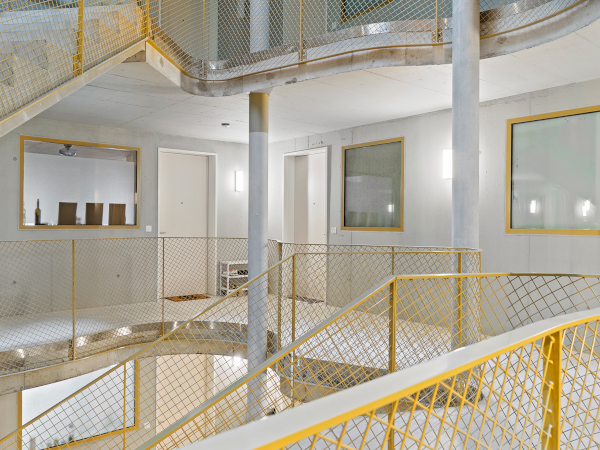
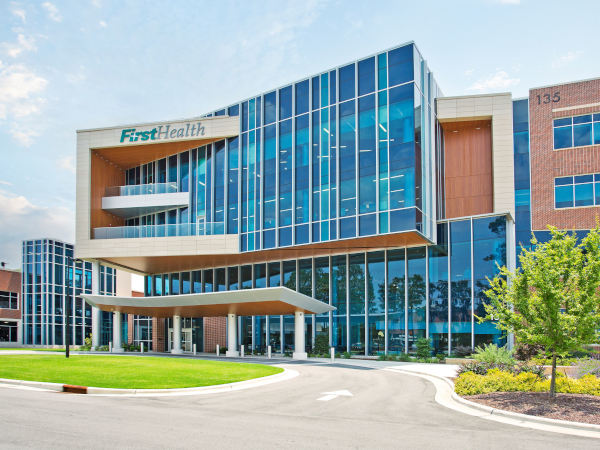
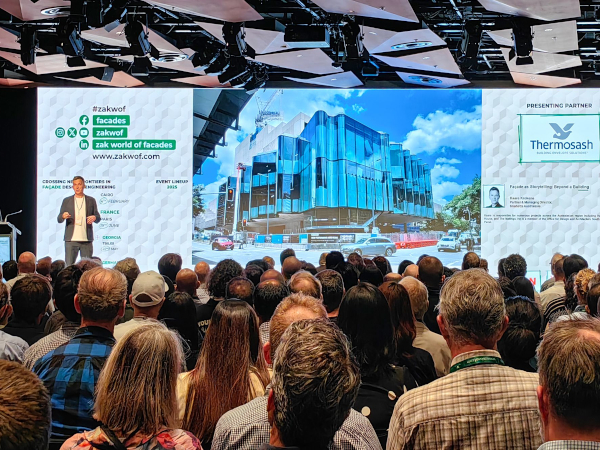
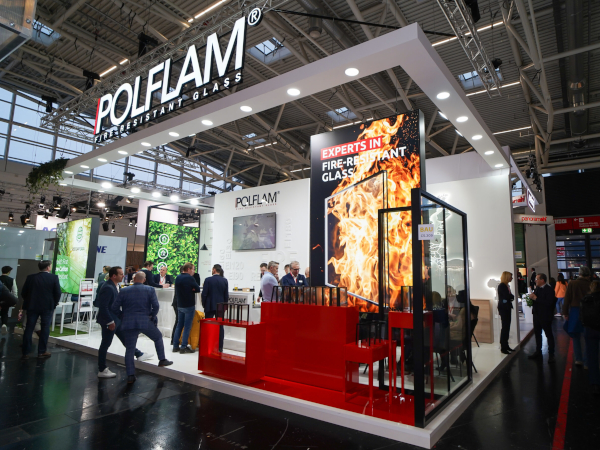





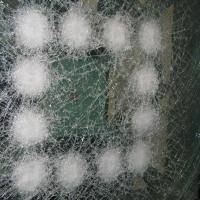

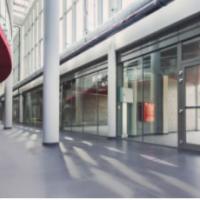
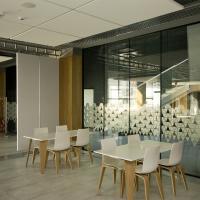
Add new comment